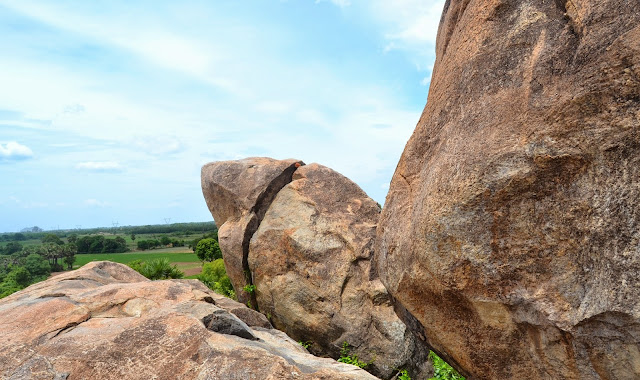Abhimukeswarar Temple, Kumbakonam, Thanjavur
Abhimukeswarar Temple is a Hindu Temple dedicated to Lord Shiva located in Kumbakonam Town in Thanjavur District in Tamil Nadu. Presiding Deity is called as Abhimukeswarar and Mother is called as Amirthavalli. The temple is one of 12 Shiva temples connected with the Mahamaham festival, which takes place in Kumbakonam every 12 years. This temple is located on the eastern bank of the Mahamaham Tank, Kumbakonam. The temple is important place for Thula Rasi people.
Legends
For brief details, please refer below link;
History
The temple is believed to be 1000 years old. It is believed that Govinda Deekshitar, the minister of Achutha Nayakkar of Thanjavur, renovated the temple during the 16th century. The last consecration of the temple was held on 26 October 2015.
The Temple
For brief details, please refer below link;
Temple Opening Time
The Temple remains open from 07.00 AM to 12.00 Noon and 04.00 PM to 08.00 PM.
Festivals
Ten days festival during Masi Magam (Kumba Masa Maga Nakshatram), Golu and special poojas to Dakshinamurthy.
Religious Significance
For brief details, please refer below link;
Prayers
The Temple is praised as a place of solution to any disease. People offer gooseberry to Lord for a healthy life. Those facing adverse aspects of Sani Bhagawan and other planets pray here. Devotees light ghee lamps in the shrine of Sani Bhagawan as a prayer commitment. The faith is that adverse aspects of Planet Sani Bhagawan and that of other planets too would be neutralized if they pray here and light Dhil Oil lamps in the shrine on Saturdays. Mother Amirthavalli is all merciful granting boons to devotees.
Contact
Abhi Mukheswarar Temple,
Kumbakonam,
Thanjavur District – 612 001
Phone: +91 435 242 0187
Connectivity
For brief details, please refer below link;
https://tamilnadu-favtourism.blogspot.com/2020/06/abhimukeswarar-temple-kumbakonam-connectivity.html
Location



























































